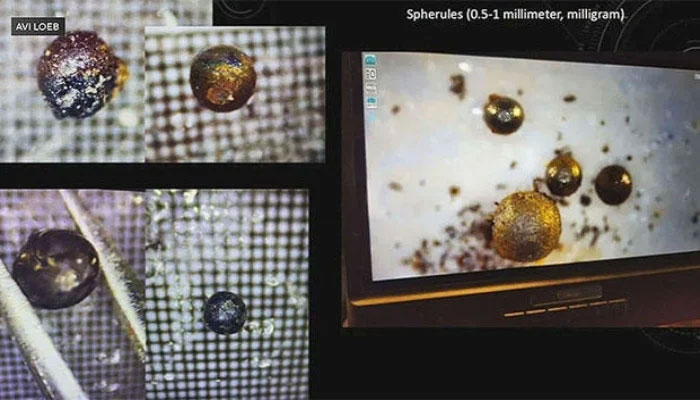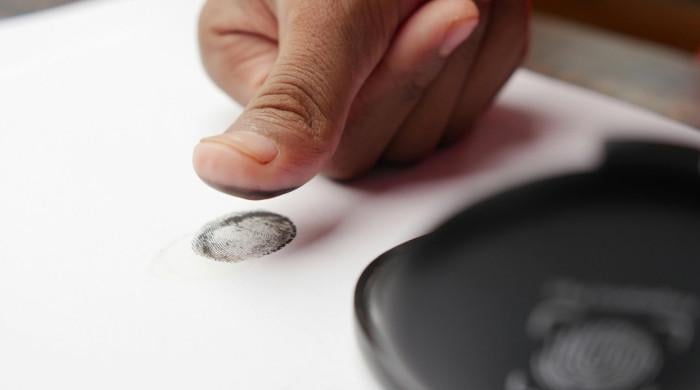Harvard professor claims to have found pieces of extraterrestrial technology
The small, tough materials with a 60 km/s speed, may be technological devices or spacecraft
July 08, 2023

Aliens have taken the news by storm once again in the US after Harvard professor Avi Loeb claimed that he may have found pieces of extraterrestrial technology in a meteor that struck the waters off Papua New Guinea in 2014.
Avi Loeb, a physicist and science professor at Harvard University, and his team recently brought the mysterious materials back to the university for analysis.
According to the US Space Command, it came from another solar system, with a high degree of certainty (99.999%).
Loeb was given a government-provided 10-kilometer (6.2-mile) radius around the potential landing site.
"That is where the fireball took place, and the government detected it from the Department of Defence. It's a very big area, the size of Boston, so we wanted to pin it down," said Loeb.
"We figured the distance of the fireball based on the time delay between the arrival of the blast wave, the boom of the explosion, and the light that arrived quickly."
They were able to map the meteor's potential path using their calculations. According to those calculations, the projected 10-kilometre range from the US government would pass directly through. The Silver Star is the vessel that Loeb and his team used to travel there.
The ship made a number of passes both along and around the planned course. The researchers used their boat to pull a sledge loaded with magnets across the ocean floor.
"We found ten spherules. These are almost perfect spheres or metallic marbles. When you look at them through a microscope, they look very distinct from the background," explained Loeb. "They have colours of gold, blue, brown, and some of them resemble a miniature of the Earth."
The spherules, primarily iron, silicon, magnesium, and titanium, have a composition analysis of 84% iron, 8% silicon, 4% magnesium, and 2% titanium, according to Loeb.
They possess a tougher material than space rock, with a size of less than a millimetre. They might be technological devices or spacecraft based on their 60 km/s speed.
According to CBS, Loeb makes a comparison to the Voyager spacecraft, which Nasa launched in 1977 and will leave the solar system 10,000 years later. In billions of years, when they collide with another planet, he imagines them emerging as a meteor.
Meanwhile, at Harvard, the investigation and analysis are still in their early stages. Loeb is attempting to determine whether the spherules are synthetic or natural.
If they are natural, it will help scientists understand what kinds of materials might be found outside of the solar system. The questions really start to arise if it is artificial.
"It will take us tens of thousands of years to exit our solar system with our current spacecraft and go to another star. This material spent that time arriving to us, but it's already here," smiled Loeb. "We just need to check our backyard to see if we have packages from an interstellar Amazon that takes billions of years for the travel," he added.
Furthermore, Loeb is investigating debris and unwatched footage from their sledge, believing spherules could be small breadcrumbs for a bigger find. He hopes to find a large meteorite piece that survived the impact and determine if it's a rock or a technological gadget.









